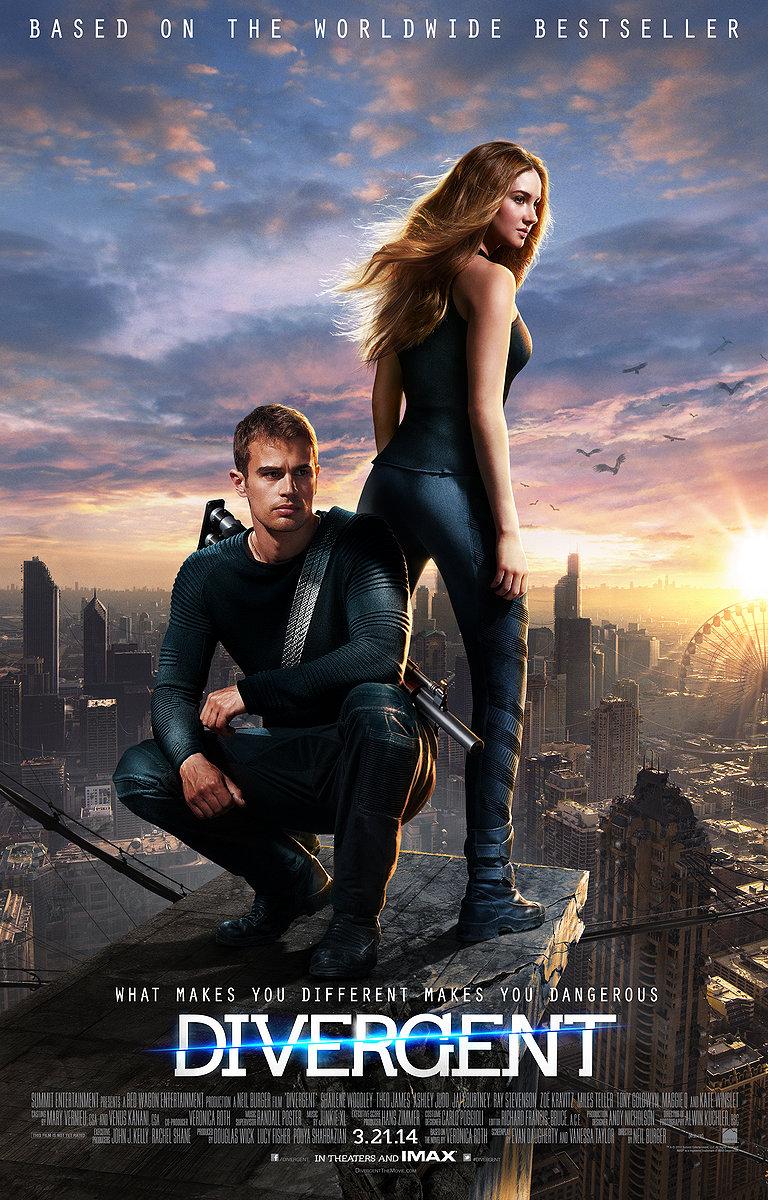Michael Crichton’s “State of Fear” distorts the truth with the “truth”
October 3, 2016
Michael Crichton, a successful film director, doctor, an Oscar, Emmy, Edgar and Peabody award winner, as well as the author of thrillers such as “The Andromeda Strain,” “Sphere” and the renowned book “Jurassic Park,” programmer, teacher, adventurer, visionary (according to his website) and a 6-foot 9-inch tall giant, is also the author of “State of Fear,” a controversial story discrediting global warming and expressing Crichton’s opposition to environmentalists.
Note: this article contains spoilers.
The book begins in a true Crichton-esque style, with a bunch of bad-guy, intelligent scientists seeking to obtain extremely specialized equipment at whatever cost necessary — hypersonic cavitation generators, shaped explosives or wire-guided projectiles — which then most certainly leads to someone’s death. These antagonists seem to have an uncanny plan to bring a series of devastation to the world through various environmental phenomena, and operate under a cloud of havoc the reader cannot yet make sense of. The first part of the book, in effect, is engaging in a classic, intriguing-yet-dissatisfying manner.
Peter Evans is introduced as the main character, a lawyer in Los Angeles whose primary client is the multi-millionaire philanthropist George Morton. Morton funds the National Environmental Research Fund (suspiciously abbreviated to NERF), which is suing the U.S. on behalf of the island nation of Vanuatu, for damages from rising sea levels, a side effect of global warming. However, as Evans goes to take a tour of their offices, it becomes apparent that NERF isn’t all what they claim to be, and as a result, it reveals Crichton’s true feelings about the “global warming theory.” Starting with the uncertainties NERF tries to educate Evans on, the book progresses to longer attacks on environmentalists and the science behind global warming.
Nick Drake, the head of NERF, is shown as a man who exploits the environment for money and claims “recycled” when the posters look better on fresh paper. As those on the side of the environment turn out to be the bad guys, it’s obvious Crichton isn’t trying to protect the integrity of environmental organizations.
As the plot continues, the antagonists turn out to be a group of eco-terrorists, purposely causing environmental dissonance to get more people to care about global warming. The main hero of the story is Dr. John Kenner, a professor at MIT and an enigmatic man who gives off the typical TV secret agent vibes with his more than satisfying credentials and succinct sentences (unless it’s about global warming of course, he opposes it). Through a series of conversations between action scenes in the book, Kenner tries to educate each new member of their team, criticizing their beliefs and the hypocritical actions regarding the environment.
“Her intentions are good.”
“And her information is bad,” Kenner says. “A prescription for disaster.”
Evans and his crime-fighting crew embark on journeys to Antarctica, Arizona and a remote Pacific island, home to cannibals who devour a celebrity who plays the president on TV. Despite losses, our heroes are able to thwart every disastrous plan with minor injuries, and in conclusion, a man who was perceived dead is not dead, what was supposed to be a tsunami “excited surfers briefly”, and a man plans to start an organization certain about its own uncertainty.
The book itself is exciting, like most of Crichton’s books, but this one has more of an agenda than a real plot. It seems that Crichton put his ideas first, then hastily crafted a story around those ideas, in order to lead up to a paragraph, or a page, or a chapter of him explaining his views without actually writing a research paper. Which is admirable, really, because statistically books usually sell better than papers. He’s just thinking about his audience.
But his ideas in itself are called into question. Crichton had educated himself, which is the right way to formulate a respectable argument, but seeing the charts after quotes and quotes after charts Crichton throws into his book, and after the fourth time to the footnotes (that’s right, footnotes), one begins to realize how warped the information is. Even for a book published in 2005, it’s odd how bold Crichton is going against the scientific consensus. When Crichton uses the evidence of cooling in one part of the world, counteracting the overall warming in the areas he doesn’t mention, his bias is clear and distinct; it leads readers to wonder what happened to perspective. Crichton’s evidence is only credible standing alone, like it is in the book, but once a person does minimal research on the topic, he is incorrect.
But Crichton’s main criticism isn’t with science, delving rather into the economic and political side of the cause. In the story, his views manifest into a character by the name of Professor Norman Hoffman, a man who causes a commotion at the NERF convention after expressing his distaste in the integrity of the whole project. Evans is sent to distract the professor, but ends up listening to the results of his “research.” Hoffman begins by expressing his disapproval of lawyers in an absurd statistical inference that, “by the year 2035, every single person in the United States will be a lawyer, including newborn infants,” which points out the less-than-believable, never mind credible, voyage the reader partakes in the next chapter. Most importantly, Hoffman conducts research on the study of the “ecology of thought”, he says, “and how it has led to a State of Fear.” Roll credits.
The State of Fear is the byproduct of an idea that has lasted for too long, and in this case, that mankind is disturbing the “natural order” of the environment. Hoffman uses the media as a source for his information. By use of the terms “crisis,” “catastrophe,” “plague” or “disaster,” the media communicates a sense of urgency and panic, that only works to maintain social control. And the State of Fear is the idea that social control is best managed through fear.
So Crichton takes a more political approach to the environmental campaign. In a program called “States of Fear: Science or Politics?” at the Independent Institute on Nov. 15, 2005, Crichton communicated this argument by using quotes that seemed to address global warming, and instead he revealed it to be about global cooling. It is a perplexing and eye-opening comparison, but it cannot be labeled as the distinction between global warming’s political and scientific sides.
Crichton claims to reveal the truth by disputing the popular opinion, where that same opinion is another truth. What we have here is a game of who’s who, and through how many different interpretations of data can we hang onto our ideas until we realize the truth.
While this book may have been published in 2005, 11 years later the game continues, and it is uncertain how much longer it will last. In these 11 years, many more studies have been conducted, more information brought, and one can do their best not to be swayed by illogical facts just because they’ve been taken out of context.
“Everybody has an agenda. Except me,” Crichton writes, satirically, as the last bullet point in his Author’s Message at the end of the book.
But while Crichton’s “State of Fear” may be riddled with inaccuracies and the real world is still plagued with conservative thought, the true theme of this book is as follows: someone else’s truth may not be the truth you know to be true. What we need is more action, and less arguing about what’s right and what’s wrong.
Everybody has an agenda. But you should not.


